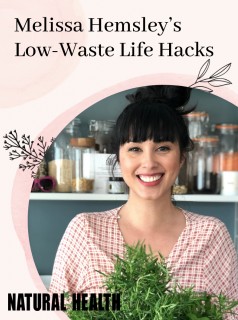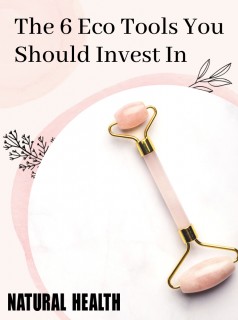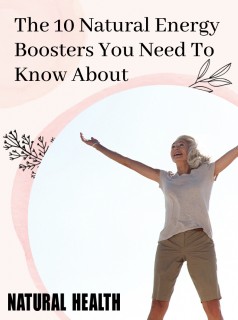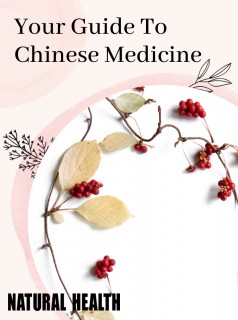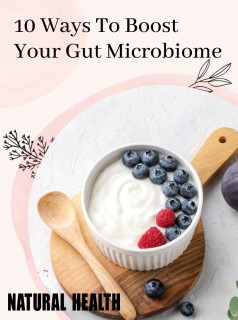Our green goddess reveals her top tips for tackling hay fever
For many of us the advent of spring is coupled with pesky allergies – wheezing, sniffing runny noses and itching are just a few of the symptoms that can be triggered by high pollen counts, new plant growth and many other seasonal factors. Such allergies are caused when the immune system over-reacts to these typically harmless triggers. As an organic lifestyle advocate, I always favour using natural remedies to treat hay fever. One should be mindful, however, that serious allergic reactions, like asthma, may require medical intervention. That being said, I have used the following natural remedies with great success for many years…
Feed your body with organic food
Although there is growing evidence that an organic, balanced diet can cure maladies, the primary benefit of this way of eating is that it helps to keep the immune system in top shape. And the stronger your immune system, the less likely you are to be affected by seasonal allergic reactions. If you’re expecting the sniffles to start in April and May when the first spring blossoms appear, start eating wisely and organically right now so that your immunity is gradually boosted in time for the pollen onslaught! The term ‘organic food’ is now widely used, however, so it is good to remember what you’re actually looking for. Make sure everything you buy is free from antibiotics, artificial growth hormones and bioengineered ingredients, and cultivated without pesticides and synthetic fertilisers. You also want to avoid products that have been irradiated.
Make quercetin your friend
This natural bioflavonoid and potent antioxidant acts almost like an antihistamine, so you’ll want to stock up! You should start increasing quercetin in your diet around four to six weeks before allergy season. Do this by amping up your intake of organically-grown onions, garlic, apples, red grapes and tomatoes. For maximum results, you can also add berries, which like the skin of red grapes, contain resveratrol which will offer an additional immune boost. If you would prefer to take a supplement, check with your health practitioner first, as you should with all herbal and natural supplements.
Steam with eucalyptus
I remember my father using steam to ease his hay fever. The pine-like aroma of eucalyptus oil can enhance a steam inhalation session by some measure. The rising eucalyptus vapour provides a soothing, menthol-like sensation that makes breathing feel a little easier for wheezing allergy sufferers. I like to put a few drops in a bowl of hot water and drape a towel over my head while inhaling deeply for five to eight minutes. Alternatively, I’ll put a few drops of eucalyptus oil on the shower floor and enjoy breathing in the warm, steamy vapours. Just remember this oil should never be taken orally and that pregnant women should always check with a doctor before using oils and herbs.
The neti pot is back
This is an age-old way of flushing a saline solution through the nasal cavity to rinse away allergens and clear sinuses, giving sufferers great symptomatic relief. It may not be very elegant, but it really works! Fill your neti pot with a sterile saline solution by dissolving one teaspoon of Himalayan or sea salt in a quart of warm water that has been previously boiled or is distilled. Tilt your head so that you can pour the mixture through one nostril and let it drain out of the other. Easy and inexpensive! Above all, remember to eat well, manage your stress levels, exercise and live positively!
Article by
Jo Wood
Healthy and Organic Living Guru
is a healthy and organic living guru and creator of her own natural beauty range
Discover more
Article by
Jo Wood
Healthy and Organic Living Guru
is a healthy and organic living guru and creator of her own natural beauty range
Discover more







